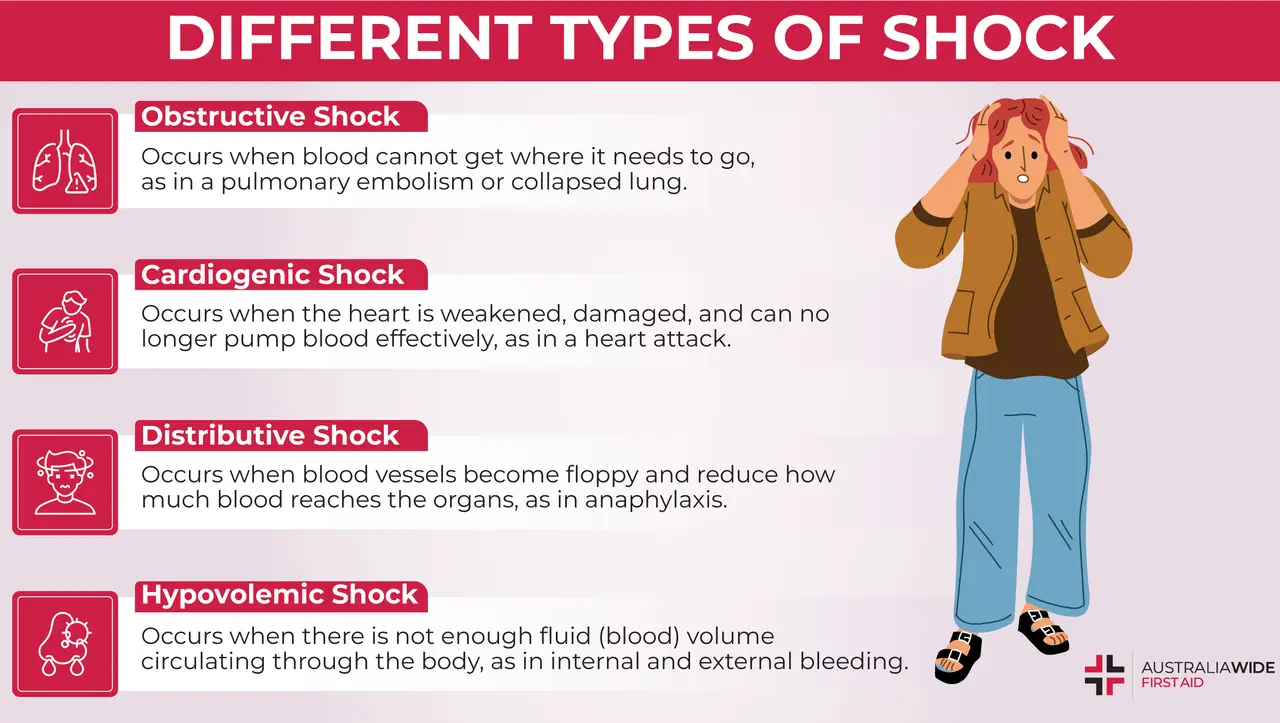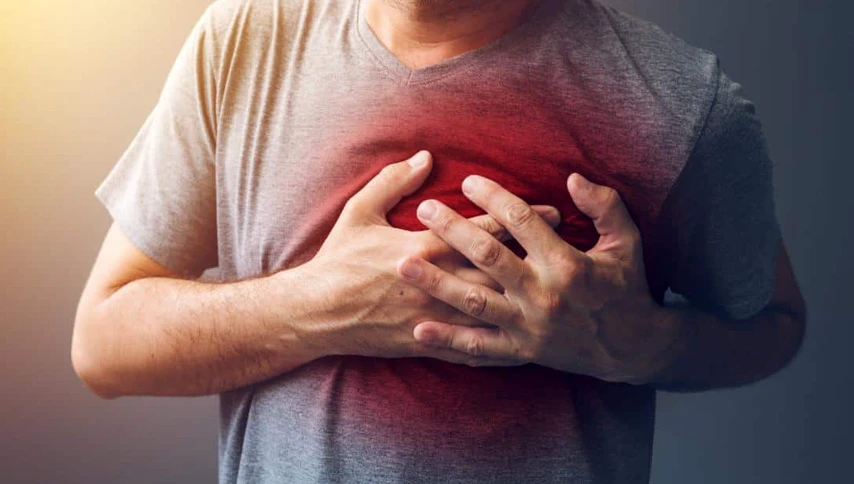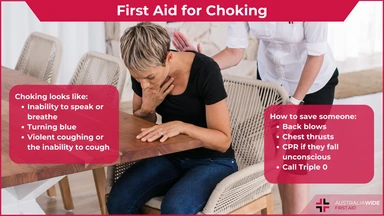First Aid for Shock


Shock is a life-threatening condition that occurs when not enough blood is flowing through the body.
Shock can develop from several different events that cause the blood pressure to drop, such as trauma, heart attack, or an allergic reaction.
This drop in blood pressure subsequently reduces blood flow to vital organs, thereby depriving them of oxygen and potentially causing irreversible damage.
Given that shock can result from traumatic injuries, and is usually fatal if left untreated, we’ve written this article to help you understand the causes, symptoms, and first aid responses for shock.
That way, when you are treating for shock, you can remain calm, respond to the casualty’s condition, and perhaps make the difference between life and death.
Before we dive into shock, it is important to outline the differences between psychologic (non-medical) and physiologic (medical) shock.
According to the Better Health Channel, psychologic (non-medical) shock is the body’s response to fear or anxiety. Although the symptoms of non-medical shock are similar to those of medical shock, they are generally short-lived and resolve themselves once the stressor is removed.
In this article, we will be focusing on medical shock.
Shock is a critical condition that occurs when the blood flow in the body is suddenly reduced.
Blood is responsible for supplying organs and the cells they comprise with life-sustaining nutrients and oxygen.
As such, this sudden drop in blood flow can deprive the cells and organs of oxygen, thereby disrupting their normal function and potentially leading to irreversible damage and even death.
According to Healthline, shock can be caused by any injury or condition that affects the flow of blood through the body.
There are several different types of shock, and the type of shock that a casualty experiences ultimately depends on the injury or condition that affected their blood flow.
In the next four sections, we will explore the four major types of shock.
Obstructive shock occurs when the flow of blood is resisted or obstructed – that is, the blood cannot get where it needs to go.
Common causes of obstructive shock can include:

Cardiogenic shock occurs when the heart is weakened or damaged and can no longer effectively pump blood around the body.
Heart attacks are the most common cause of cardiogenic shock. Heart attacks occur when the blood flow to the heart is blocked, which can damage the left ventricle – the chamber of the heart that pumps oxygenated blood to the rest of the body.
Other common causes of cardiogenic shock can include:
Distributive shock, otherwise known as vasodilatory shock, occurs when blood vessels lose their tone and become floppy, which drives the blood pressure down and reduces how much blood is supplied to the organs.
There are three primary conditions that can cause distributive shock:

Hypovolemic shock occurs when there is not enough fluid (blood) volume circulating in the blood vessels to supply the organs with life-sustaining oxygen and nutrients.
Hypovolemic shock can occur following any illness or injury that causes the body to lose a significant quantity of blood or extracellular fluid, for instance:
Depending on the cause of the shock, the casualty may experience one or more of the following symptoms:
As you can see, the symptoms for shock are relatively indistinct and can be easily confused for other, less severe conditions.
As such, while assessing a casualty for shock, it is important to consider the history of the incident, the mechanism of the injuries, and to ask yourself the following questions:
If you answer ‘yes’ to any of the above questions, you should subsequently treat for shock.
Here at AWFA, shock is considered a top priority, second only to attending to safety, an obstructed airway, absence of breathing, cardiac arrest, or severe lie-threatening bleeding.
This is because shock is a deteriorating condition that will not allow a casualty to recover without active medical intervention.
To treat for shock, follow the below steps:
Regardless of whether the casualty is conscious or unconscious, do not raise their legs and keep them as flat as possible.
Shock is a life-threatening medical emergency that arises when there is not enough blood circulating through the body.
This drop in blood pressure deprives the organs of life-sustaining oxygen and nutrients, which can result in irreversible organ damage and death.
Shock can result from a variety of different injuries or conditions, including anaphylaxis, heart attack, and external bleeding.
When treating for shock, it is important to call Triple Zero (000) for an ambulance, and to keep the casualty at rest while reassuring them and treating their other injuries.
To learn even more about identifying and managing the symptoms of shock, book a First Aid course with Australia Wide First Aid today.

October 13, 2023
Choking occurs when an object or a piece of food becomes lodged in the throat, blocking the airway. The adult or child will have difficulty breathing, and may lose consciousness. Quick and effective action is essential to prevent severe consequences and death.

September 22, 2023
Knowing how to provide first aid for fluid draining from an ear is crucial to alleviate discomfort and potentially prevent complications.

July 31, 2023
This article covers treatment/first aid for nose bleeds, and also covers all of the common misconceptions and myths about treating a bleeding nose.